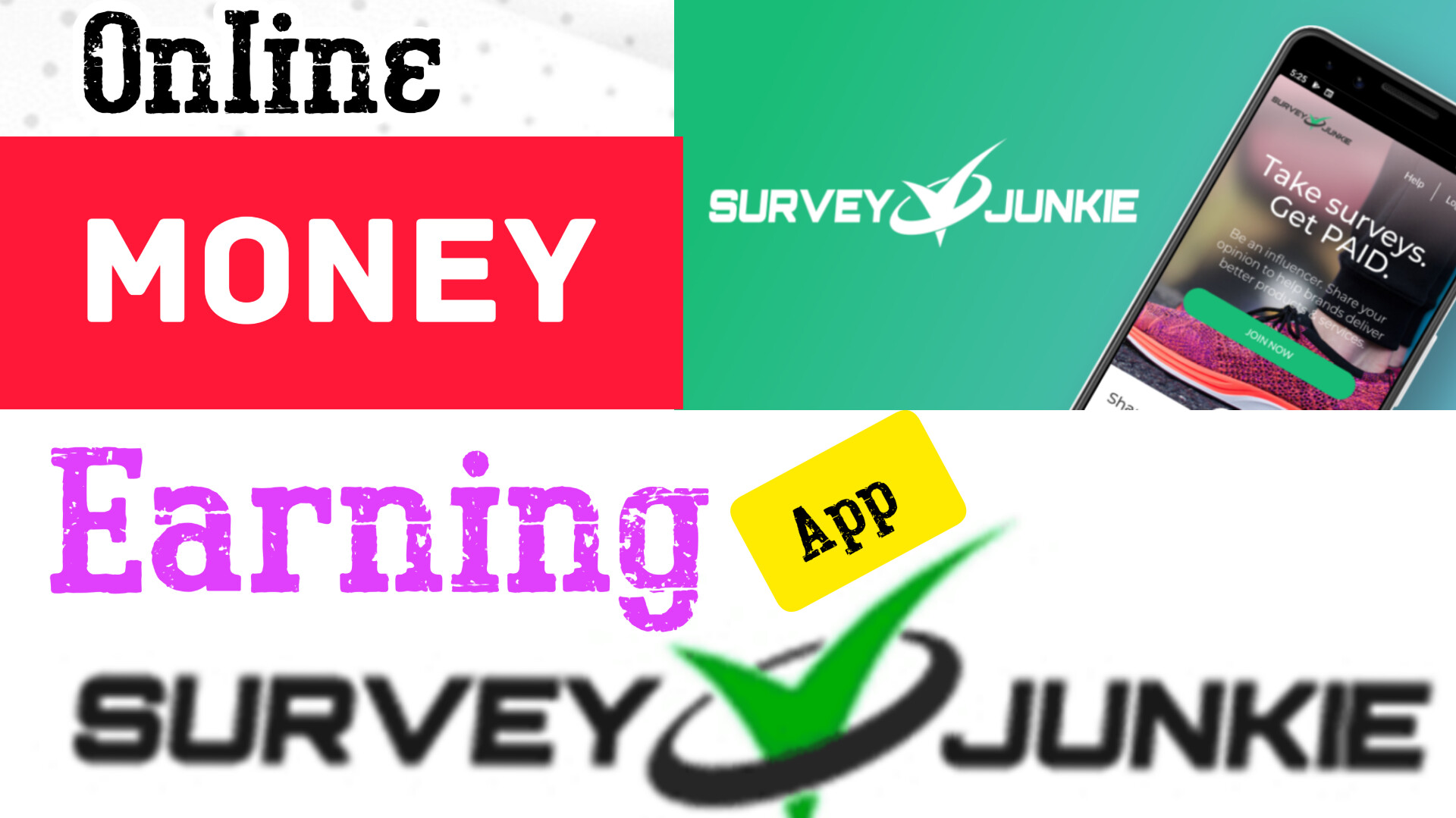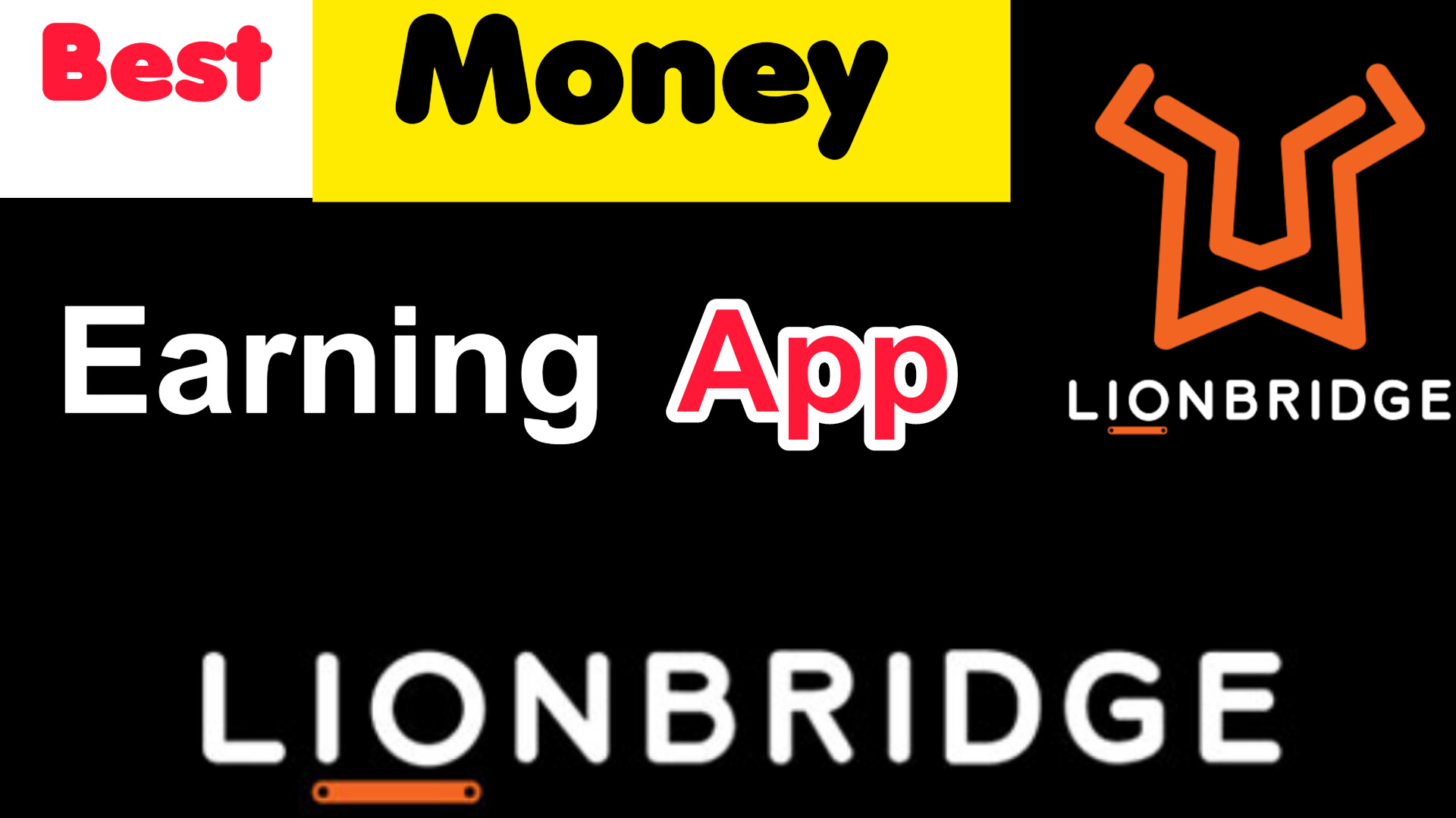Earning From Website | Money Earning Websites | Money Earning Sites
 |
| Earning From Website | Money Earning Websites | Money Earning Sites |
Dear Readers! If you have the query or question about ‘earning from website, money earning websites or money earning sites’ in your mind, then this post is for you. Read this post till the end without skipping any sentence or line.
CONTENTS
What is a Website?Types and Purposes of Websites
1. Informational Websites
2. E-commerce Websites
3. Social Media Websites
4. Blogging Websites
5. Business Websites
6. Educational Websites
How to Create a Website?
1. Define Your Purpose
2. Choose a Domain Name
3. Select a Web Hosting Provider
4. Plan Your Website Structure
5. Choose a Website Building Platform
6. Design Your Website
7. Create and Organize Content
8. Install Plugins and Extensions
9. Test and Optimize
10. Publish Your Website
11. Maintain and Update
How to Make Money from Your Own Website?
1. Advertising
2. Affiliate Marketing
3. Sponsored Content
4. Digital Products
5. Membership or Subscription Access
6. Donations or Crowdfunding
7. E-commerce
8. Sponsored Posts and Reviews
• CONCLUSION
• WRITER’S WORDS
You may like to read this post:
New Earning App Today | Online Earning Apps | Best Earning App
What is a Website?
A website is a collection of interconnected web pages or documents that can be accessed over the internet. It is typically hosted on a web server and identified by a unique domain name (e.g., www.example.com). Websites are designed to showcase information, provide services, or facilitate online interactions.
Websites are accessed through web browsers, such as Google Chrome, Mozilla Firefox, or Safari. When a user enters a website’s URL into the browser’s address bar or clicks on a hyperlink, the browser sends a request to the web server, which then retrieves and delivers the requested web page to the user’s device.
Types and Purposes of Websites:
Websites can serve various purposes, including:
1. Informational Websites:
These websites present content designed to inform and educate visitors. Examples include news websites, educational portals, and reference websites.
2. E-commerce Websites:
These websites enable online buying and selling of products. They typically include product catalogs, shopping carts, and secure payment gateways. Popular examples include Amazon, eBay, and Shopify.
3. Social Media Websites:
These websites foster social interactions among users, allowing them to create profiles, share content, and communicate with others. Facebook, Twitter, and Instagram are prominent examples.
You may like to read this post:
4. Blogging Websites:
These websites focus on publishing articles or blog posts on specific topics. They often allow readers to comment and engage with the content. Examples include WordPress, Medium, and Blogger.
5. Business Websites:
These websites represent businesses or organizations, providing information about their products, services, and contact details. They may also include customer support features, online booking systems, or interactive forms.
6. Educational Websites:
These websites offer online courses, instructional materials, or platforms for e-learning purposes. Examples include educational institutions’ websites, Massive Open Online Course (MOOC) platforms, and language learning websites.
Creating a website involves designing its layout, structuring the content, and incorporating interactive elements such as forms, multimedia, and navigation menus. Websites can be built using various technologies and programming languages, including HTML, CSS, JavaScript, and content management systems (CMS) like WordPress or Joomla.
It’s important to consider factors such as user experience, accessibility, mobile responsiveness, and search engine optimization when designing and maintaining a website. Regular updates, security measures, and a focus on providing valuable content are crucial for maintaining engagement and attracting visitors.
In a nutshell, websites serve as powerful tools for information dissemination, e-commerce, communication, collaboration, and online presence, playing a significant role in modern-day digital interactions.
You may like to read this post:
How to Create a Website?
Creating a website involves several steps, and here’s a general guide to help you get started:
1. Define Your Purpose:
Determine the purpose of your website. Is it for personal blogging, promoting a business, selling products, or providing information? Clarifying your goals will help guide the design and content decisions.
2. Choose a Domain Name:
Select a unique and memorable domain name that reflects your website’s purpose. Ideally, it should be related to your brand or content. You should have to check domain availability and register it with a domain registrar.
3. Select a Web Hosting Provider:
Choose a reliable web hosting provider that suits your needs. Consider factors like storage, bandwidth, uptime, customer support, and any additional features required. Sign up for a hosting plan.
4. Plan Your Website Structure:
Outline the main sections and pages your website will have. Think about how they will be organized in terms of menus, submenus, and content hierarchy. This step helps determine the overall navigation and layout of your site.
You may like to read this post:
5. Choose a Website Building Platform:
Select a platform or content management system (CMS) that aligns with your technical skills and requirements. Popular options include WordPress, Joomla, Drupal, Wix, or Squarespace. These platforms offer user-friendly interfaces and various customization options.
6. Design Your Website:
Customize the look and feel of your website by choosing a suitable theme or template. Themes provide pre-designed layouts and styles that you can modify according to your branding and preferences. Customize the colors, fonts, images, and overall design elements to create a visually appealing website.
7. Create and Organize Content:
Start adding content to your website. Create pages for each section, organize them in the navigation menu, and populate them with relevant text, images, videos, and other media. Pay attention to formatting, readability, and engaging visuals.
8. Install Plugins and Extensions:
Extend the functionality of your website by installing plugins or extensions offered by your chosen platform. These add-ons allow you to integrate features such as contact forms, SEO optimization tools, social media sharing, and e-commerce functionality.
You may like to read this post:
9. Test and Optimize:
Preview and test your website across different devices and browsers to ensure it displays correctly and functions well. Optimize loading speed, ensure the site is mobile-friendly, and test all links and forms for proper functionality.
10. Publish Your Website:
Once you are satisfied with the design and content, it’s time to publish your website. Make it live by connecting your domain name to your hosting provider and following the platform’s instructions for publishing.
11. Maintain and Update:
Regularly update your website with fresh content, new features, and security measures. Regular backups, software updates, and monitoring for any issues or broken links are essential for a smooth user experience.
Creating a website can be a rewarding process, but it may require time, experimentation, and continuous improvement. There are also options to hire professional web designers or developers if you require more advanced customization or assistance.
Don’t forget to consider user experience, search engine optimization, and the needs of your target audience throughout the website creation process.
How to Make Money from Your Own Website?
There are several ways to generate income from your own website. Here are some common methods:
1. Advertising:
Displaying ads on your website is a popular way to earn revenue. You can join ad networks like Google AdSense, Media.net, or AdThrive and place ads on your site. In this way you can make money based on ad impressions or clicks. However, it’s important to find a balance between ads and user experience to avoid overwhelming your visitors.
You may like to read this post:
2. Affiliate Marketing:
Partnering with companies as an affiliate allows you to earn a commission for promoting their products or services on your website. You can write reviews, create product recommendation lists, or place affiliate links in your content. When visitors make a purchase through your unique affiliate link, you receive a commission.
3. Sponsored Content:
If your website has a strong following or niche audience, companies may pay you to create sponsored content. This can include writing articles, creating videos, or featuring their products on your site. Make sure that all sponsored contents must be clearly disclosed to maintain transparency and trust with your audience and visitors.
4. Digital Products:
Selling digital products, such as e-books, online courses, software, or templates, can be a profitable venture. Create high-quality products that offer value to your audience and promote them on your website. You can use platforms like Gumroad, Teachable, or SendOwl to handle payment processing and content delivery.
5. Membership or Subscription Access:
Offer premium content or exclusive resources to visitors willing to pay for access. This can be done through a membership or subscription model, where users pay a recurring fee for ongoing benefits. Restrict access to certain sections of your website for paying members.
You may like to read this post:
6. Donations or Crowdfunding:
If your website provides valuable content or supports a cause, you can include a donation button or use crowdfunding platforms like Patreon or Ko-fi. Encourage your audience to support your work voluntarily.
7. E-commerce:
If you have physical products to sell, you can set up an online store on your website. Choose an e-commerce platform like Shopify, WooCommerce, or BigCommerce to handle inventory management, payment processing, and order fulfillment.
8. Sponsored Posts and Reviews:
Companies may pay you to write sponsored blog posts or reviews about their products or services. Ensure that your reviews are honest and objective to maintain credibility with your audience.
CONCLUSION:
It’s important to choose the monetization methods that align with your website’s niche, audience, and content. Continuously evaluate and adapt your monetization strategy based on user feedback, market trends, and the needs of your audience.
You should always keep in your mind that building a successful website takes some time and continuous effort. Focus on providing valuable content, building an engaged audience, and consistently delivering a positive user experience.
You may like to read this post:
WRITER’S WORDS:
I hope you have gotten complete answer of your query and question about ‘earning from website, money earning websites or money earning sites’.
I strongly believe that your queries have been answered satisfactorily and hope you may have liked this post. In this regard, if you have any question in your mind or you want to get more information and guidance, then ask by commenting on this post. I will definitely give a satisfying answer to your question. Please like and share this post to encourage me as well as help and guide others. Also follow my blogger site so that my new upcoming posts can reach you easily. Thanks for taking the time to read the post.








